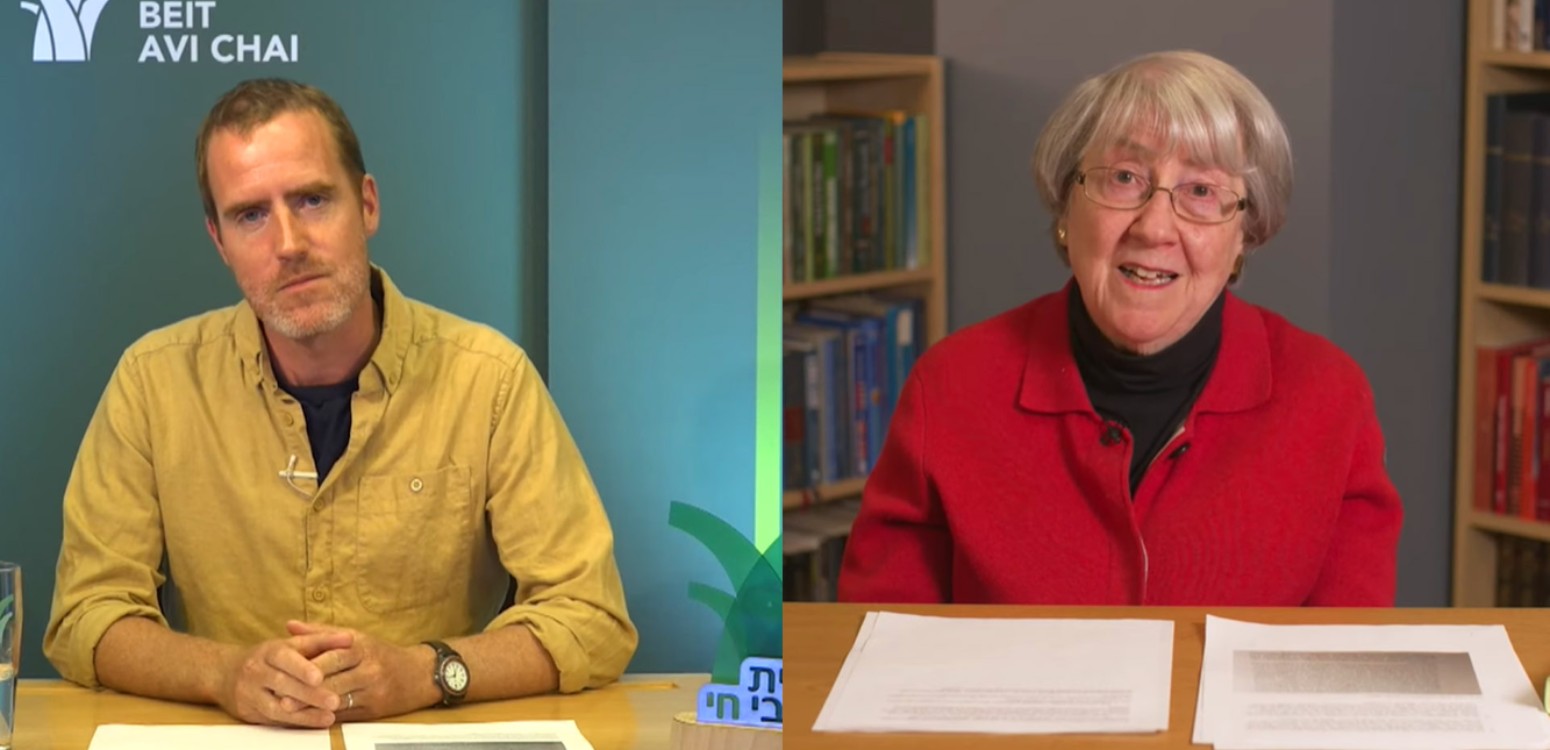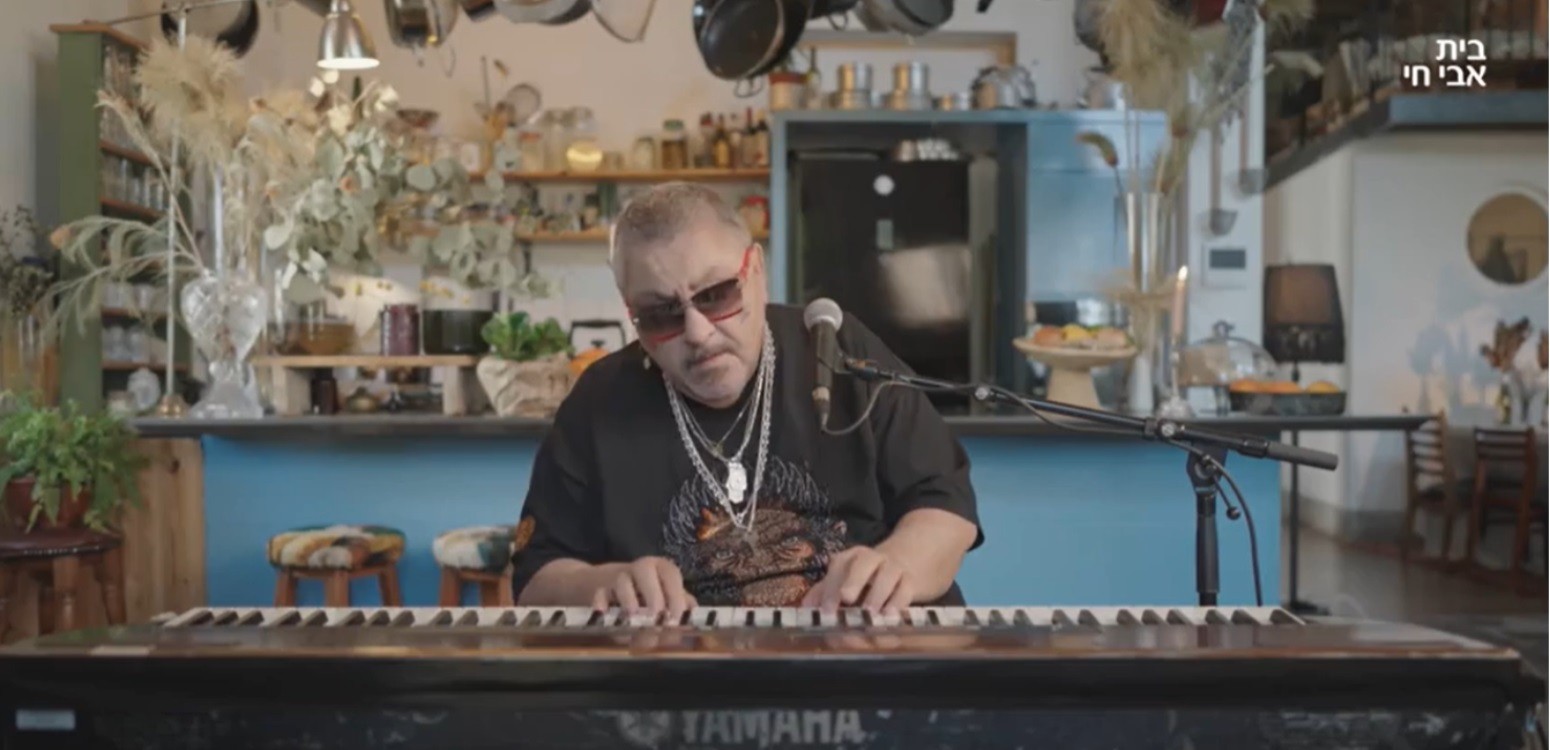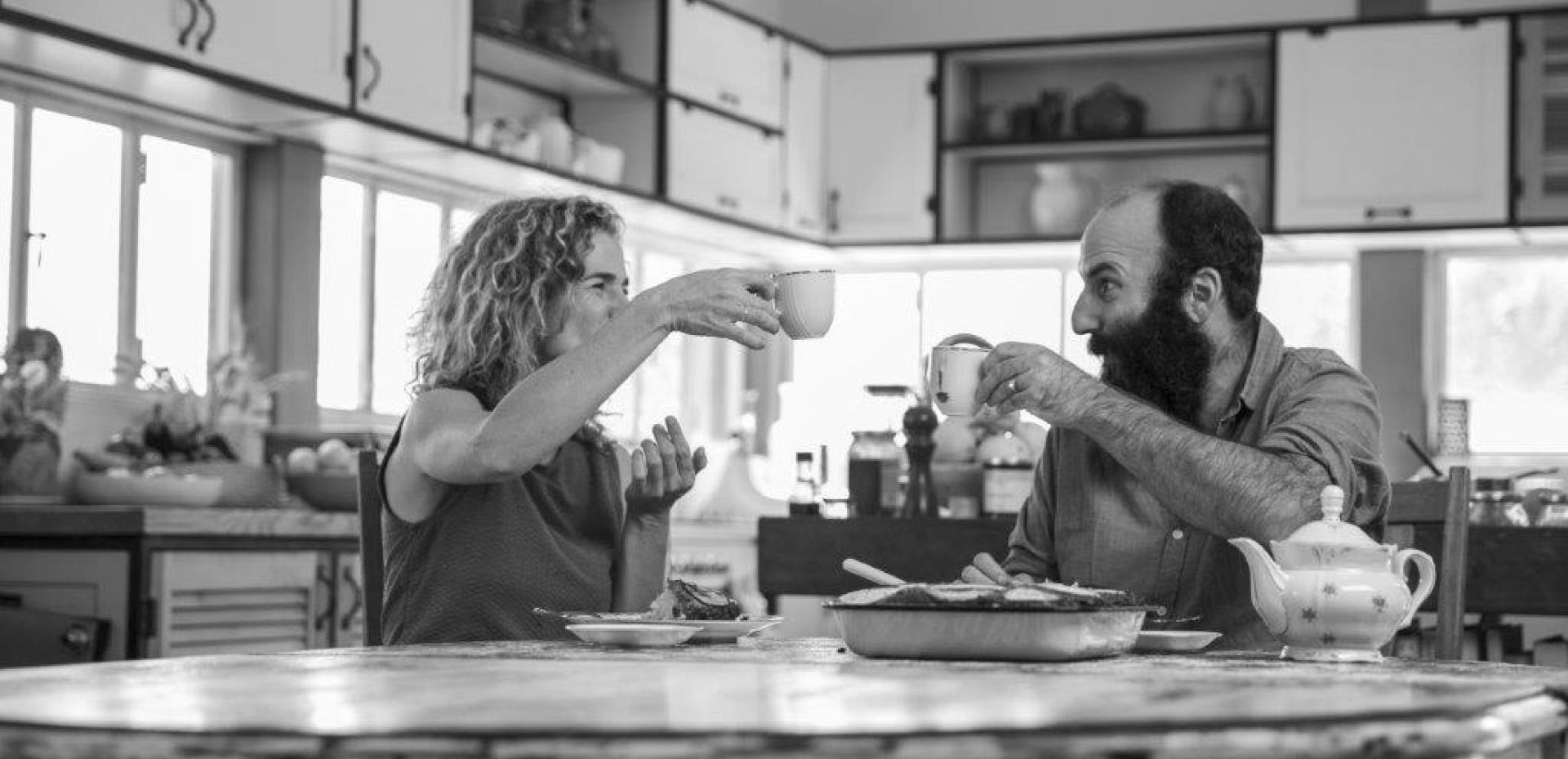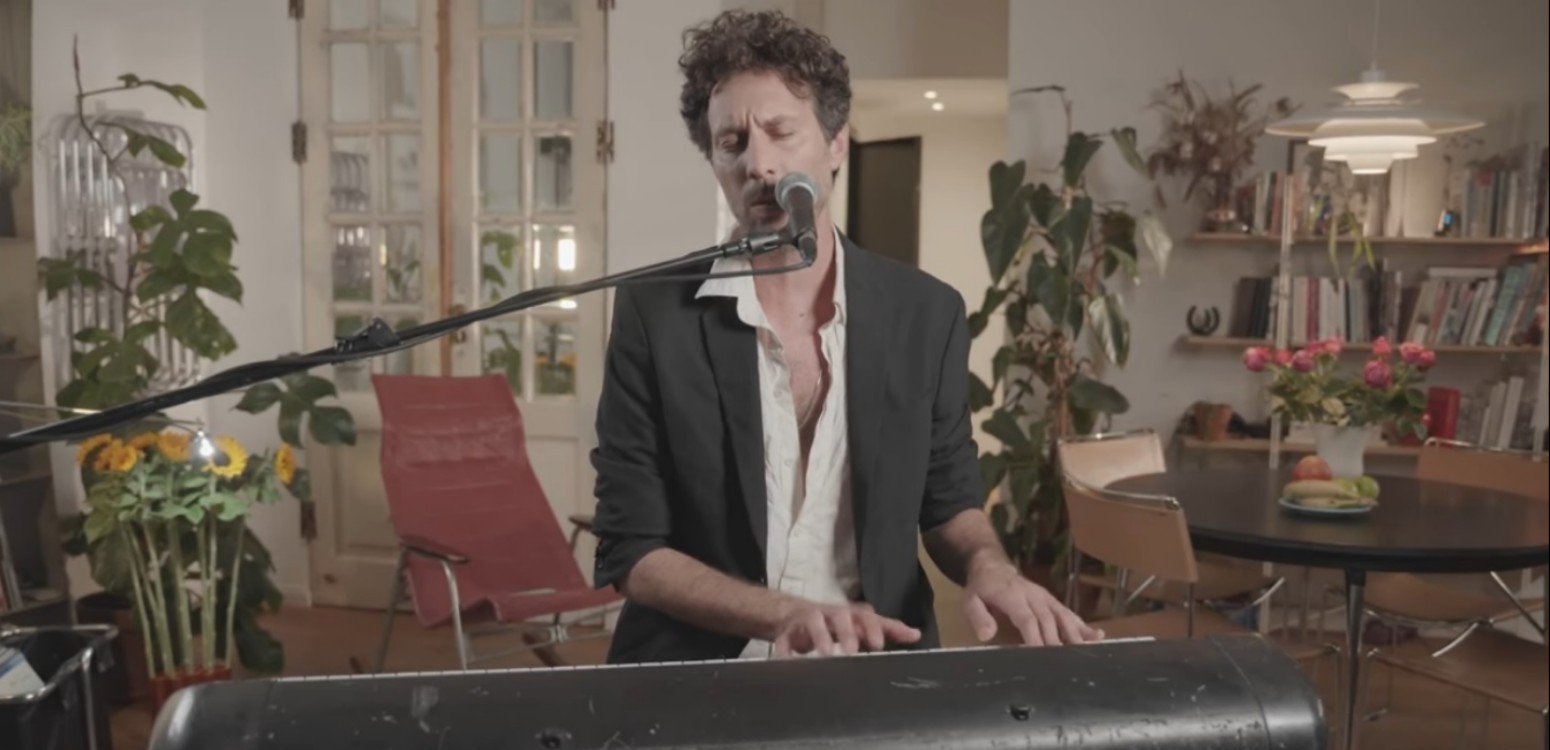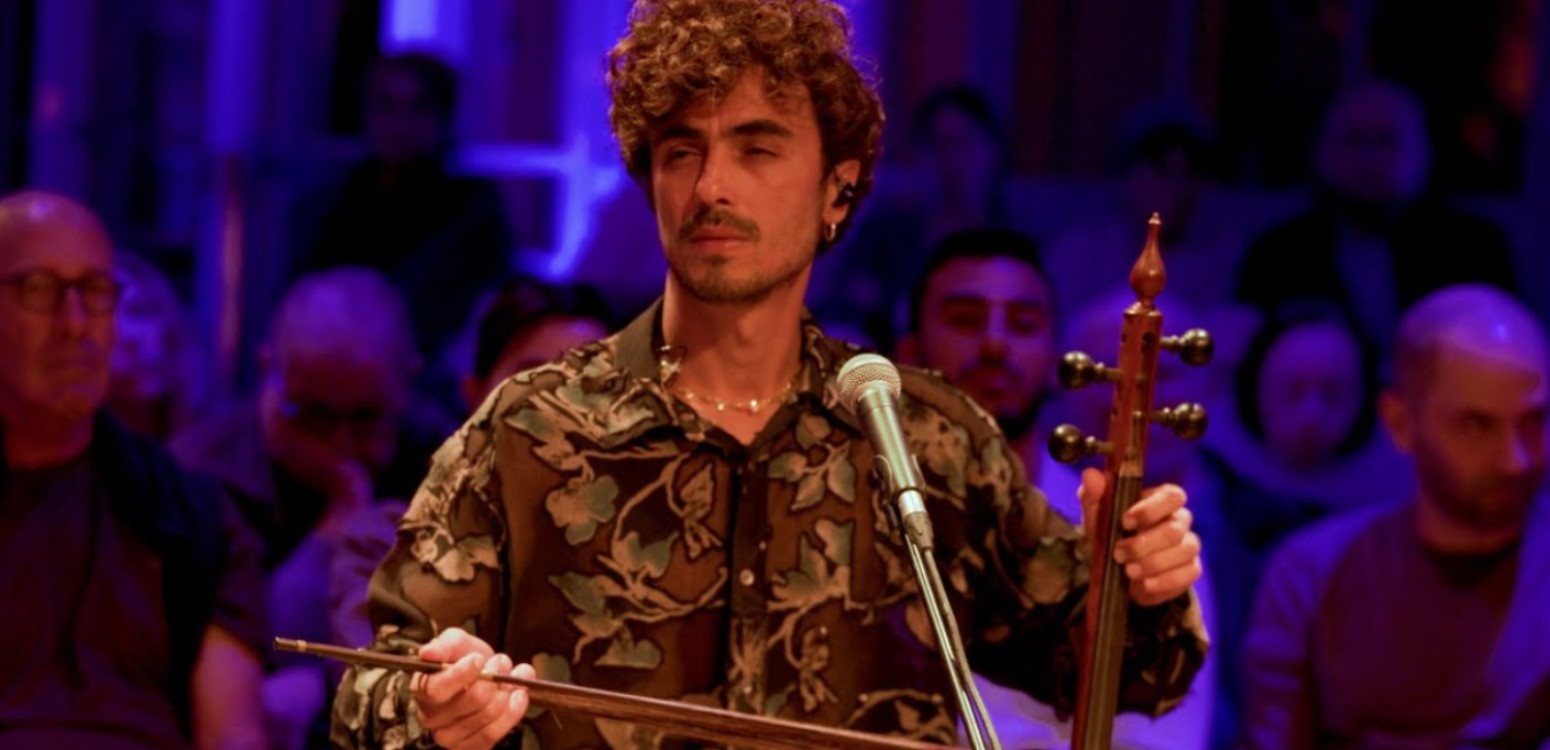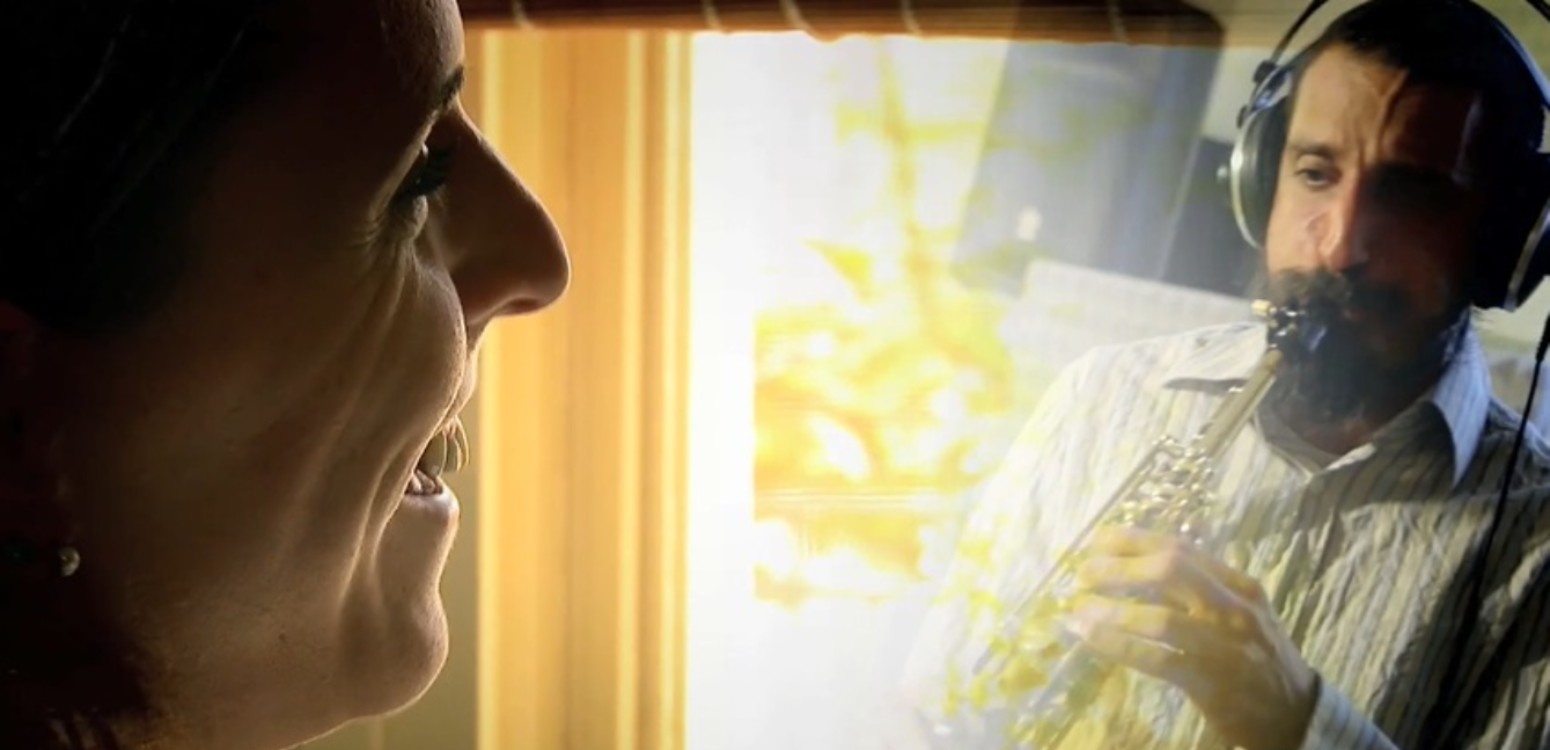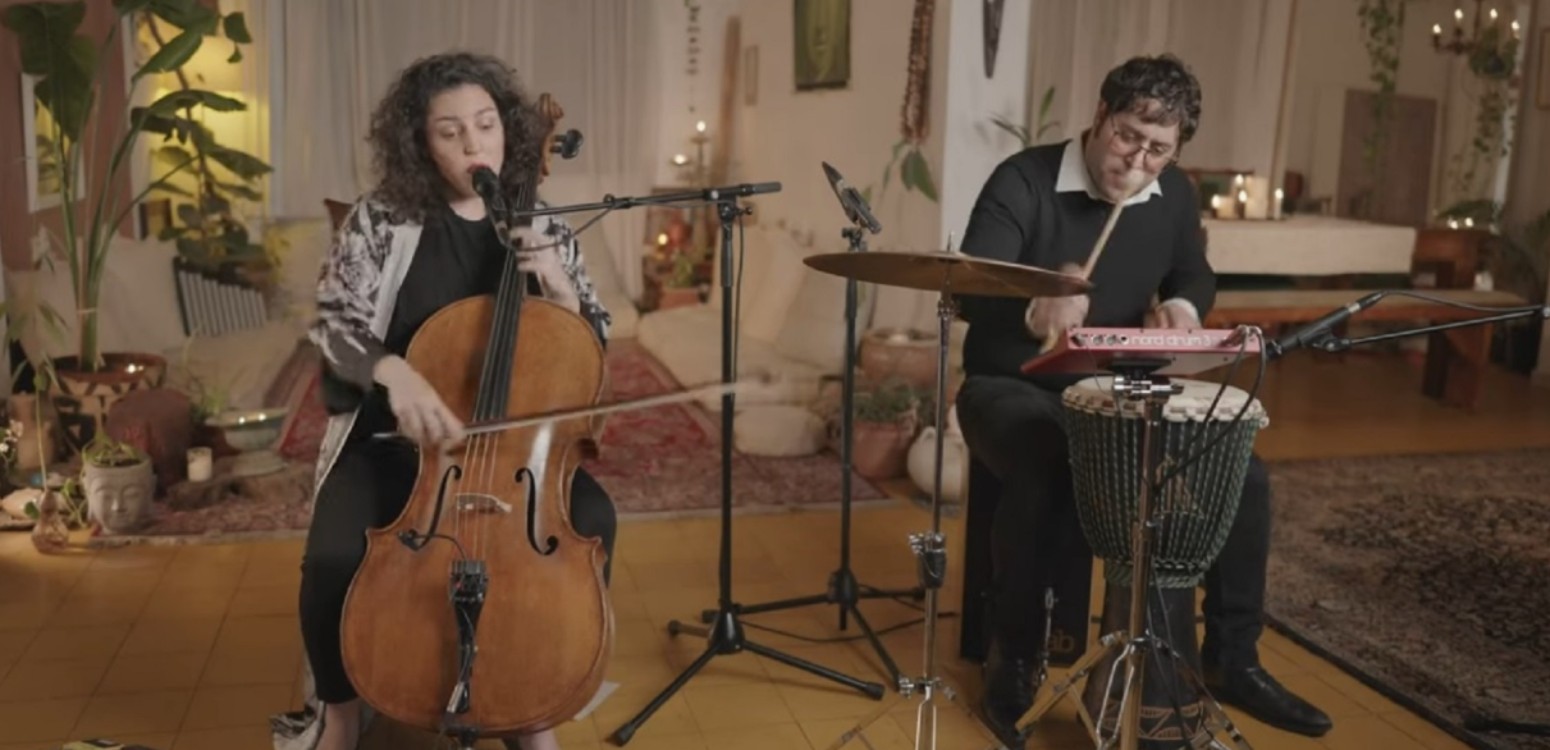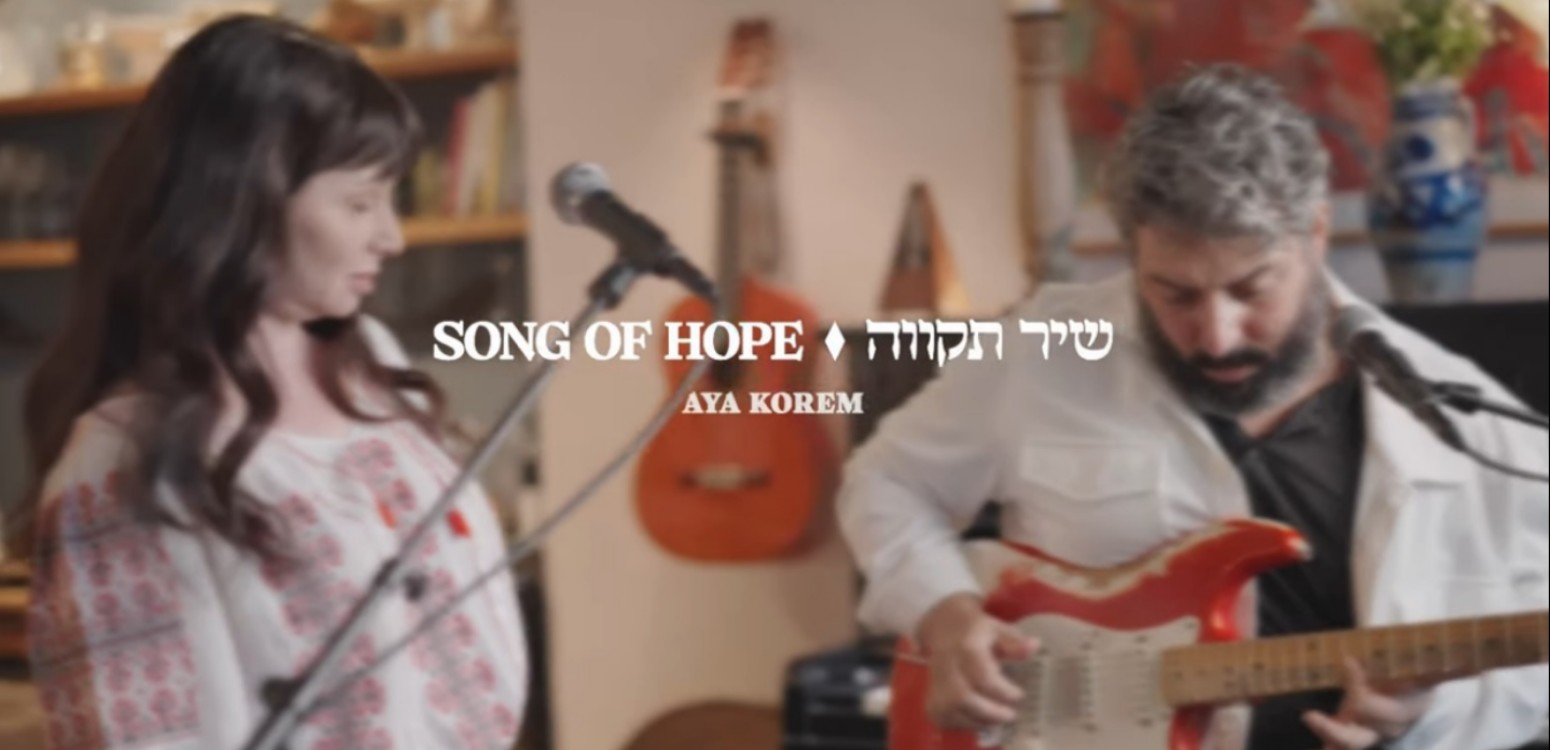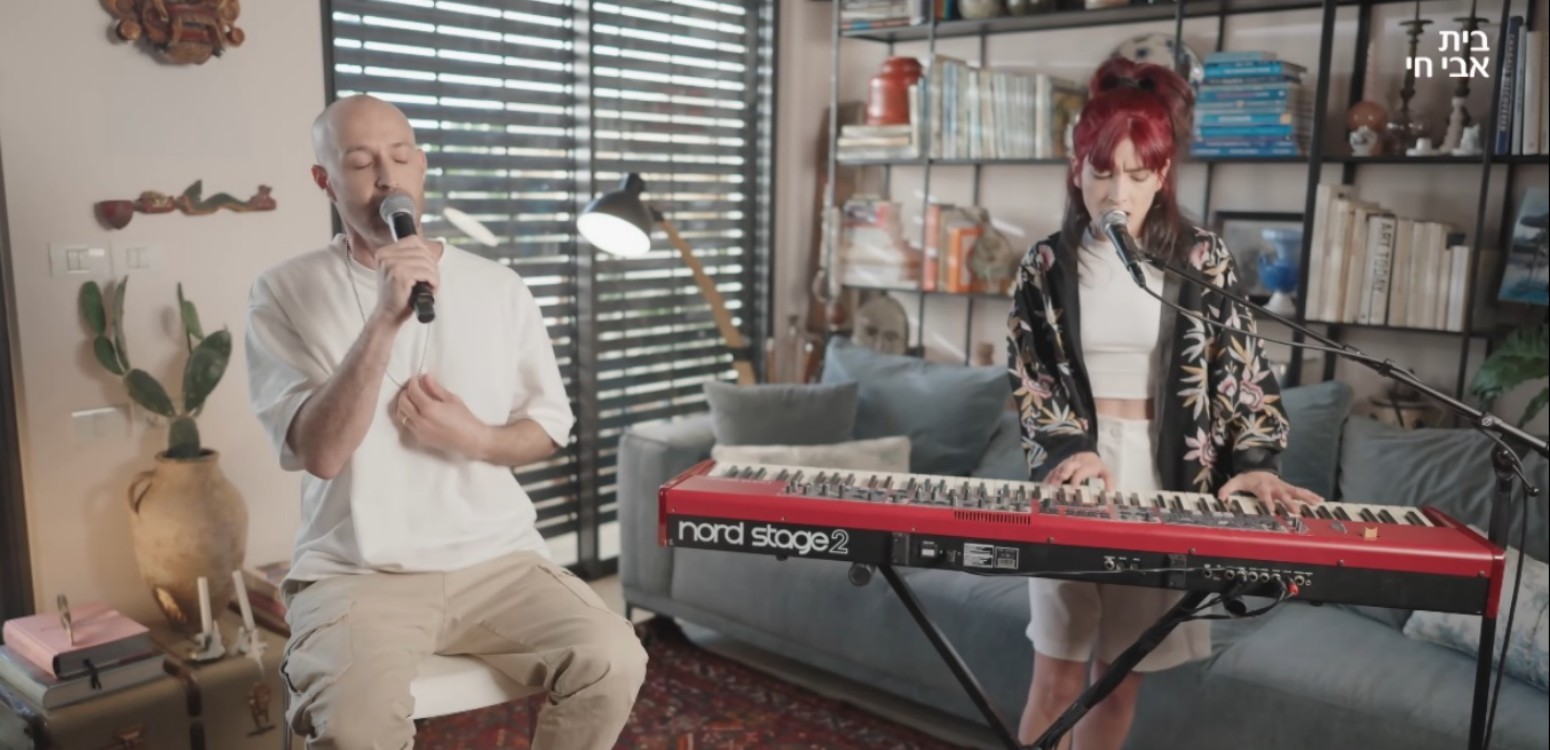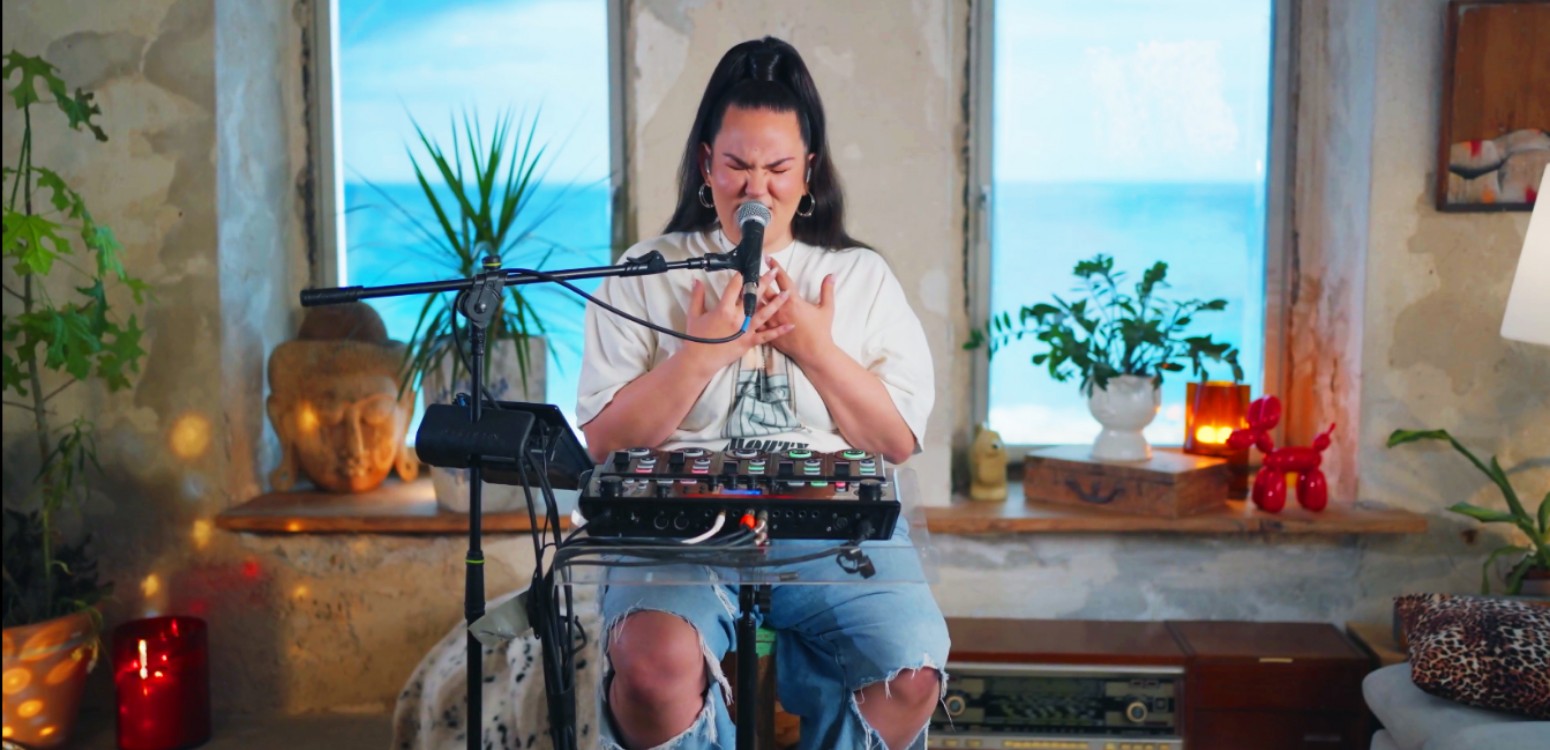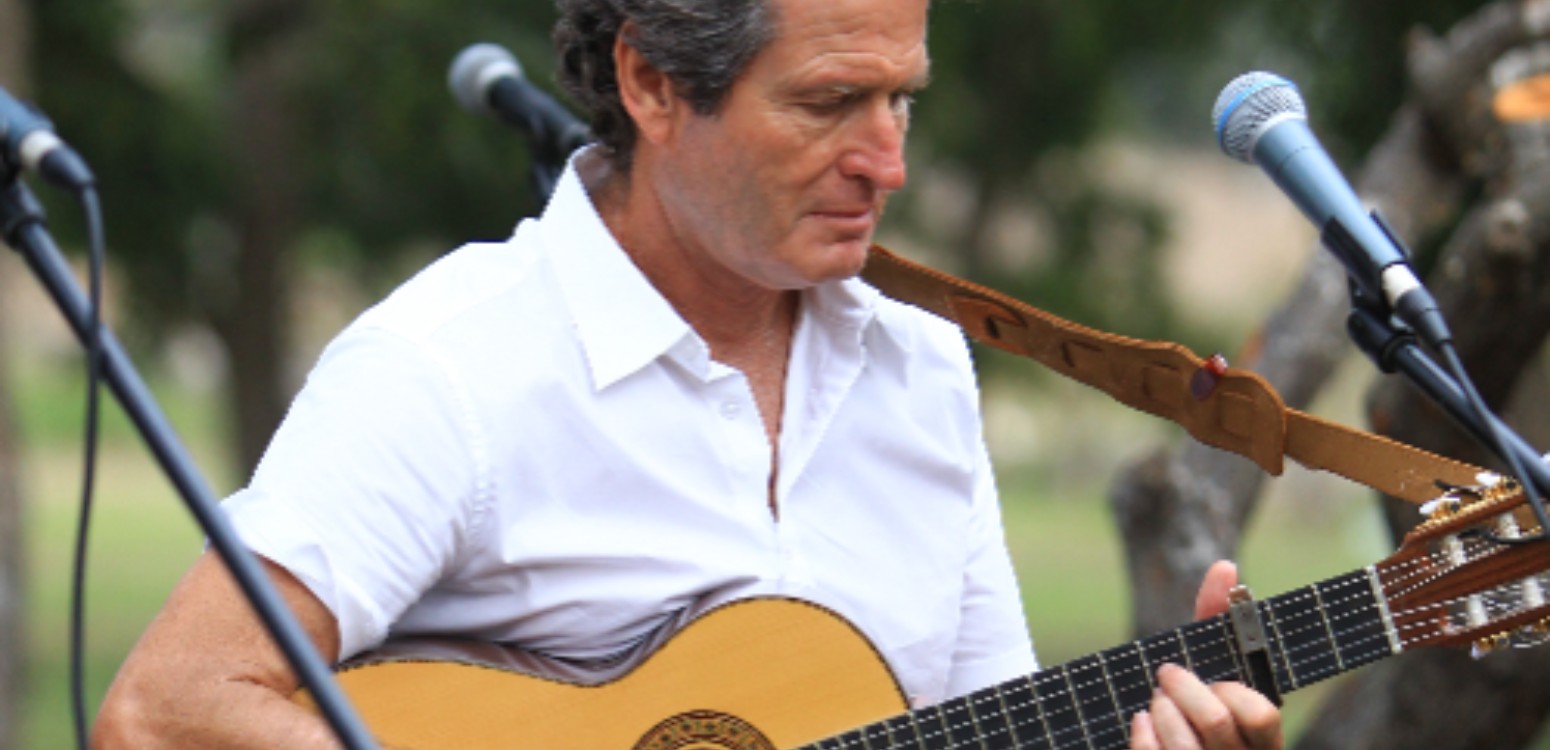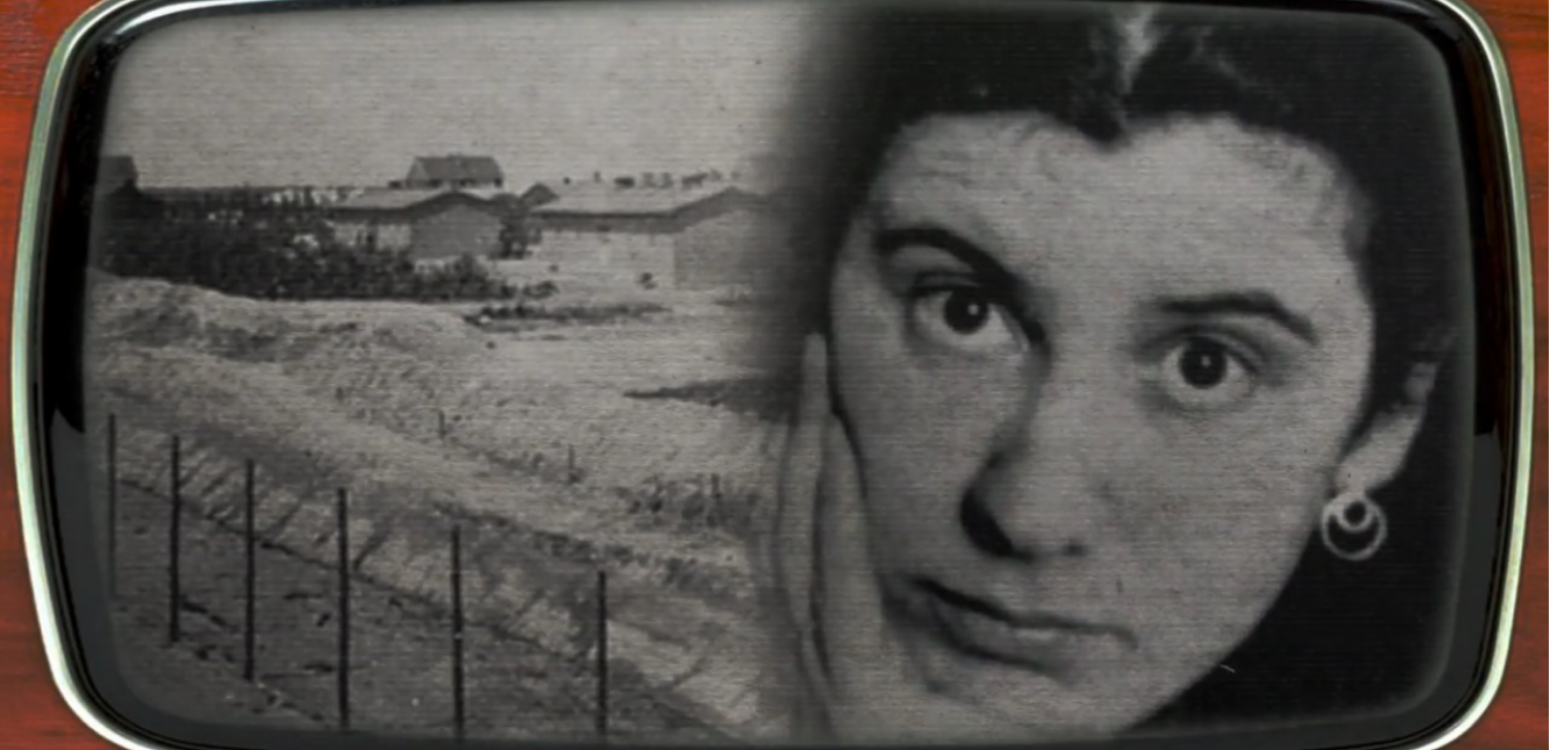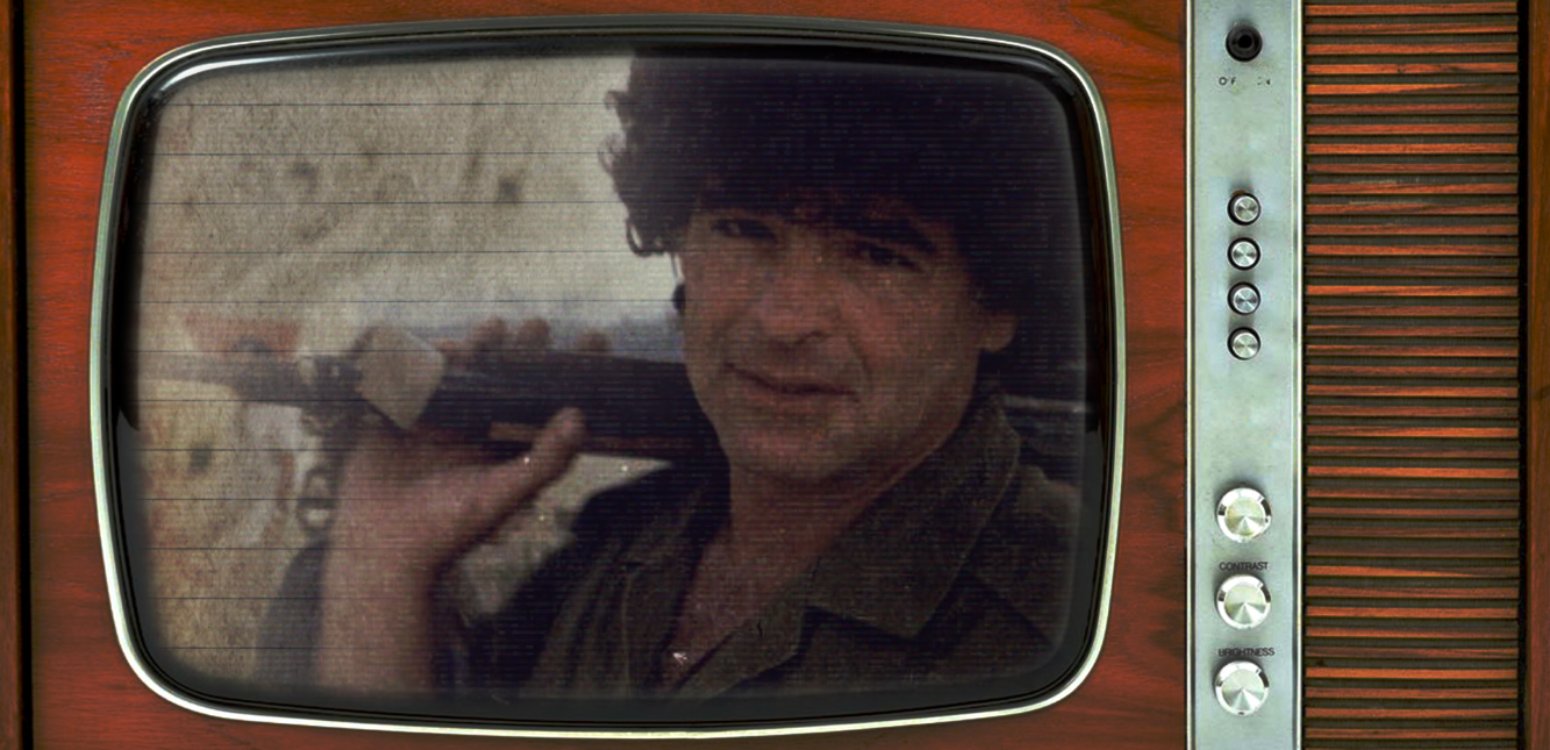David Broza’s heartfelt adaptation of a renowned poem from the Spanish Baroque era, set to Paco Ibáñez’s haunting melody, transformed into a Hebrew ballad that now resonates powerfully on Yom HaZikaron—bridging centuries, cultures, and the shared human experience of loss
In 2013, singer-songwriter David Broza delivered a moving performance at Beit Avi Chai. The audience was particularly touched by his heartbreaking rendition of HaYalda Hachi Yaffa BaKfar (“The Most Beautiful Girl in the Village”) – a song that resonates so deeply with the themes of Yom HaZikaron, Israel’s official Remembrance Day for fallen soldiers and civilian victims of terrorism, that it seems to have been composed specifically for this solemn occasion. Yet the true origins of this powerful lament lie in a different time and place altogether.
Spanish Roots
The song began its journey as La más bella niña, a renowned poem by Spanish Baroque master Luis de Góngora (1561-1627). This poignant work describes a beautiful young woman grieving by the seashore for her beloved who has departed for war. Through elegant verse, Góngora captures the essence of the girl’s sorrow and the emptiness of separation – emotions that would eventually transcend centuries and cultures.
The poem found musical expression through Spanish singer-songwriter Paco Ibáñez, who became known for his adaptation of classical Spanish poetry into contemporary folk music. During the 1960s and 1970s, Ibáñez created musical accompaniment for works by numerous Spanish literary giants, with La más bella niña emerging as one of his signature pieces. His haunting interpretation, characterized by simple guitar arrangement and emotionally charged vocals, not only made classical poetry accessible to modern audiences but also served as a form of cultural resistance during Spain’s Franco era.
A New Life in Hebrew
David Broza, having spent part of his youth in Spain, was profoundly influenced by Ibáñez’s work. In the early 1980s, Broza had the privilege of sharing the stage with the Spanish musician whose artistic approach would shape his own. Inspired by Ibáñez’s poignant rendition, Broza would eventually transform this Spanish lament into a cherished Hebrew song.
The Hebrew adaptation, translated by the acclaimed Israeli lyricist and poet Yehonatan Geffen (1947-2023), appeared on “David and Jonathan,” the first collaborative album between Broza and Geffen released in 1982. Through this thoughtful translation, the Spanish maiden’s grief found new resonance in the Israeli context.
The Universal Language of Loss
Songs of war and mourning constitute a universal language that transcends geographical borders, cultural differences, and historical periods. From ancient laments preserved in clay tablets to contemporary ballads shared globally, these musical expressions of grief and absence continue to echo across generations wherever conflict has left its mark on human experience. The transformation of a Spanish poet’s words about a young woman mourning her soldier into Hebrew verse demonstrates how the raw emotions of loss and longing remain fundamentally unchanged across time and space.
Main Photo: David Broza at Masada\ Avinoam Michaeli\ Wikipedia




